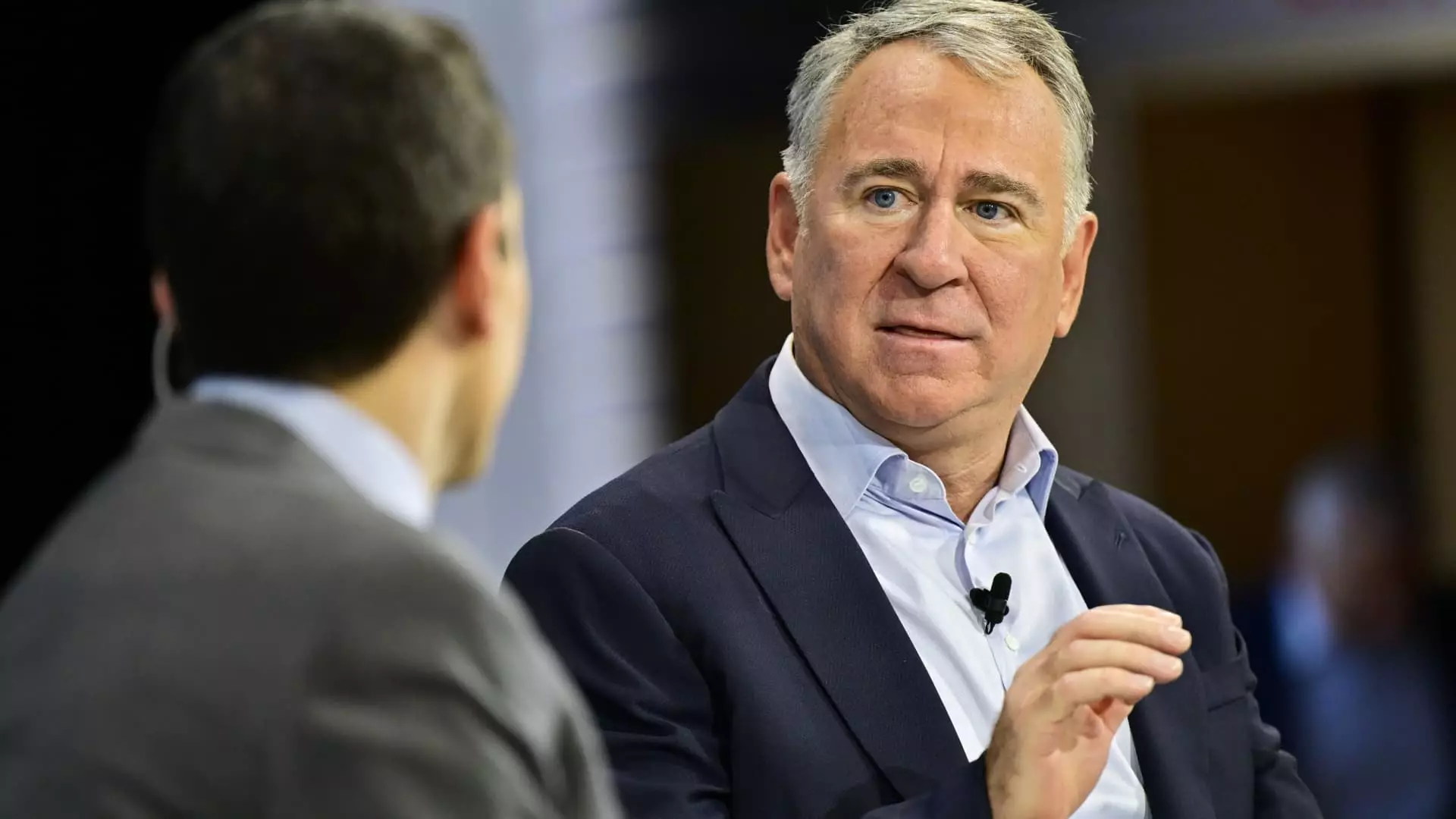In the often tumultuous world of hedge funds, Ken Griffin’s Citadel stands as a potent player, managing a staggering $65 billion in assets. As we delve into the performance of Citadel’s flagship Wellington fund in January, we observe a modest yet significant gain of 1.4%. This number comes on the heels of a notable 15.1% surge recorded in 2024, reflecting a strategic adeptness in navigating a challenging market landscape. The returns, though private, are indicative of a collective resilience among Citadel’s multiple strategies, which encompass commodities, equities, fixed income, credit, and quantitative trading.
January 2025 proved to be a volatile month, underscored by investor trepidation regarding political maneuvers and global economic policies. The influence of President Donald Trump’s protectionist stance loomed large over the markets, leading to erratic price movements. The onset of January saw notable market reactions, particularly following the emergence of DeepSeek, an AI competitor from China, which incited a substantial sell-off in Nvidia and send ripples through the tech sector. Despite these challenges, the S&P 500 managed a notable climb of 2.7%, benefiting from a generally positive market trend established over the previous two years.
Different Strategies, Collective Gains
Citadel’s diverse investment strategies managed to hold their ground during this period. Its tactical trading fund reported a commendable gain of 2.7%, which paralleled its equities fund utilizing a long/short strategy. Moreover, the global fixed income fund contributed positively with a return of 1.9%. This multifaceted approach is paramount in such a volatile environment, demonstrating that diversification not only cushions against losses but can also capitalize on various market segments’ performances.
Griffin’s critical view of tariffs and protectionist policies indicates broader concerns over the long-term effectiveness of such strategies on the economy. While immediate advantages may favor domestic companies subject to weakened foreign competition, Griffin emphasizes that such measures could stymie overall productivity and global competitiveness in the long run. His perspective sheds light on the delicate balance policymakers must maintain to foster a sustainable economic growth environment.
As we move further into 2025, the market sentiments shaped by the intricate entanglements of global economics and political policies will continue to pose both challenges and opportunities for hedge funds like Citadel. Ken Griffin’s ability to adapt to evolving market conditions, while leveraging a diverse set of strategies, positions Citadel favorably amid potential upheaval. The emphasis on a proactive and systematic approach to investment suggests that Citadel will remain a formidable entity, keen on sustaining its strong performance trajectory even in a landscape marked by uncertainty. As always, the skill to navigate these challenges will define the hedge fund’s future successes.

